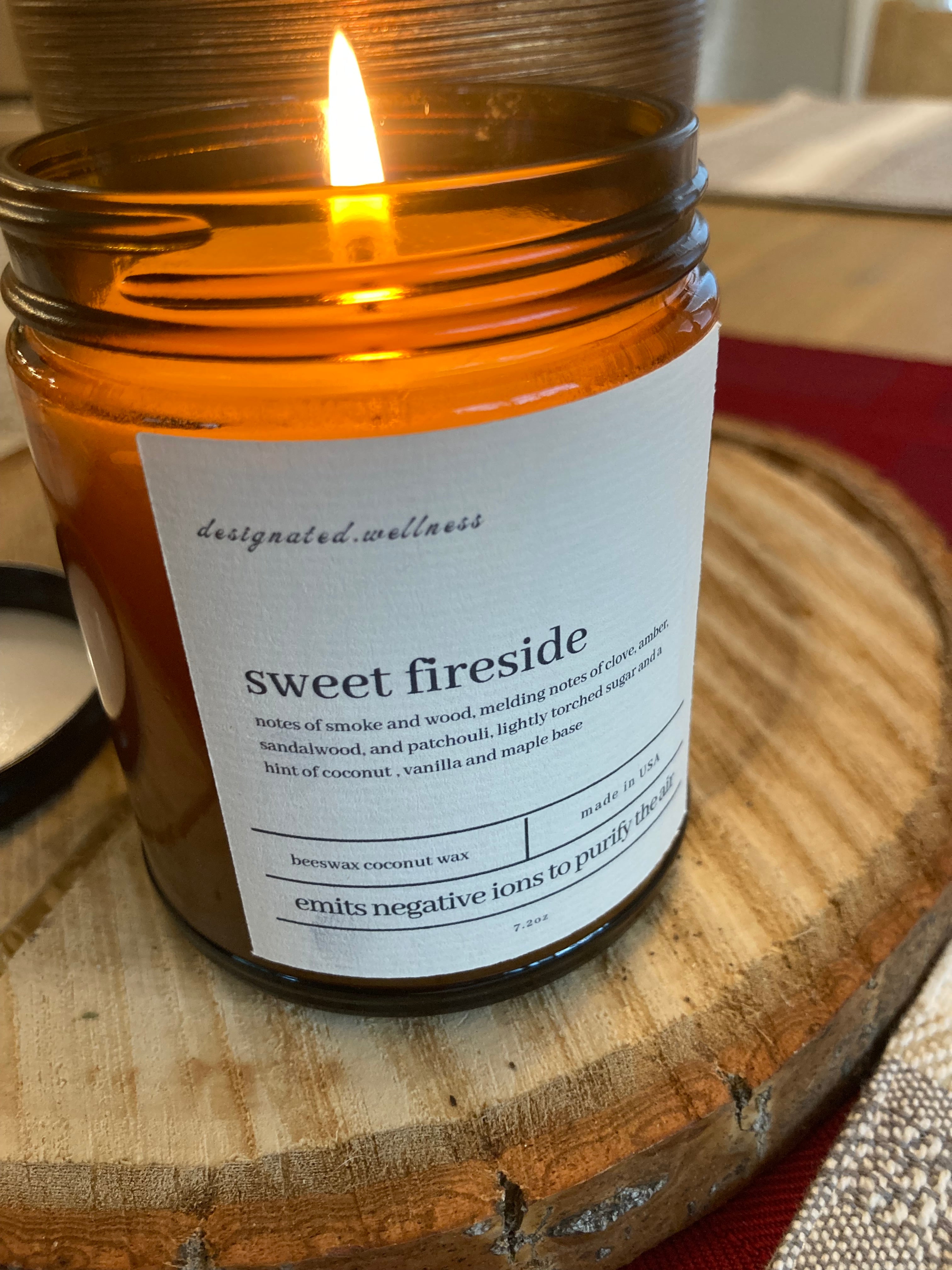
Why We Won't Ever Burn Soy Candles.
After having a baby, I made it a top priority of to find a clean burning, local candle and it didn’t exists! A toxicologist will tell you that 99% of candles in the US emit toxins, most known carcinogens, into the air we breathe. Burning indoors during winter months, where most of us spend a lot of time, only exasperates the affects burning candles have on our lungs.
We always hear that soy candles are non-toxic, but this just is not the case. When compared to a paraffin (petroleum) candle, soy candles do indeed emit less toxic soot (visible black smoke). This is slightly better for our lungs, but when measured year-over-year this can have damaging affects on our (and especially baby!) lungs.
Now, we have to look deeper into the soy candle story. Soy beans are one of the largest producing crops here in the US - making up 34% of the entire worlds production, and most crops take over forests (deforestation) in order to match the demand for the product. Monsanto (now Bayer) has been in hot water with lawsuit after lawsuit the past decade over cancer cases. We now know that Monsanto/Bayer's most widely used product, RoundUp, with the active ingredient being pesticide Glysophate, is indeed a carcinogen. Why does this matter, you ask? Because Monsanto makes over 90% of soy bean seeds sold in the global market today.
Once a chemical maker, always a chemical maker. Monsanto came to dominate the seed business over the past two decades. They control the seed market by creating seeds that are "RoundUp ready". When we derive soy wax from pesticide laden soy crops, there will always be some residue left behind from pesticides. These chemicals not only end up in the food we eat, but ends up in the air we breathe when we burn soy candles.
Beyond the chemical toxicity in soy candles, soy crops are straining eco systems around the world. Soy crops are a leading cause of deforestation. 280 million acres were used to produce soy in 2013-2014 (an area roughly the size of France, Germany, and the United Kingdom combined). Soy is second only to corn. Soy crops take the livelihood of small farmers by pushing them out of their land and driving prices for other nutritious crops down due to demand.
A 2015 University of Wisconsin-Madison study found that more than 7 million acres of uncultivated land—mostly grasslands—in the US were turned into farmland between 2008 and 2012. The conversions for soy and corn crops alone could have released as much CO2 as 34 coal-fired power plants running for an entire year.
Over a year of trial & error, searching, testing, and incredible time researched with a toxicologist, we now have curated the healthiest candle found in the US market to date:
🌟 Emitting ZERO toxins; actually cleaning pollutants from the air
🌟 The ONLY Bio-based certified in the US
🌟 Throwing INCREDIBLE scent for over 30 hours
👋 Welcome our new fave beeswax-coconut wax candle with changing seasonal scents - the ONLY fuel source to actually clean the air by emitting negative ions that pair with positive ions (dust, pollen, dog hair, smoke, etc) purifying the air.
Please, please do not burn candles that emit toxins in your home! There are better options than soy candles, science proven. When we know better, we can do better! Friends don’t let friends burn carcinogens.
Find our beeswax coconut wax candle on our website here or Etsy for discounted shipping
Resources
https://www.ers.usda.gov/topics/crops/soybeans-and-oil-crops/#:~:text=Soybeans%20comprise%20about%2090%20percent,flax%E2%80%94make%20up%20the%20remainder.
https://www.ncbi.nlm.nih.gov/pmc/articles/PMC6963490/
https://www.marketplace.org/2013/05/13/monsanto-behemoth-controls-90-percent-soybean-production/
https://www.biopreferred.gov/BioPreferred/
https://www.worldwildlife.org/magazine/issues/winter-2015/articles/soy-the-biggest-food-crop-we-never-talk-about
